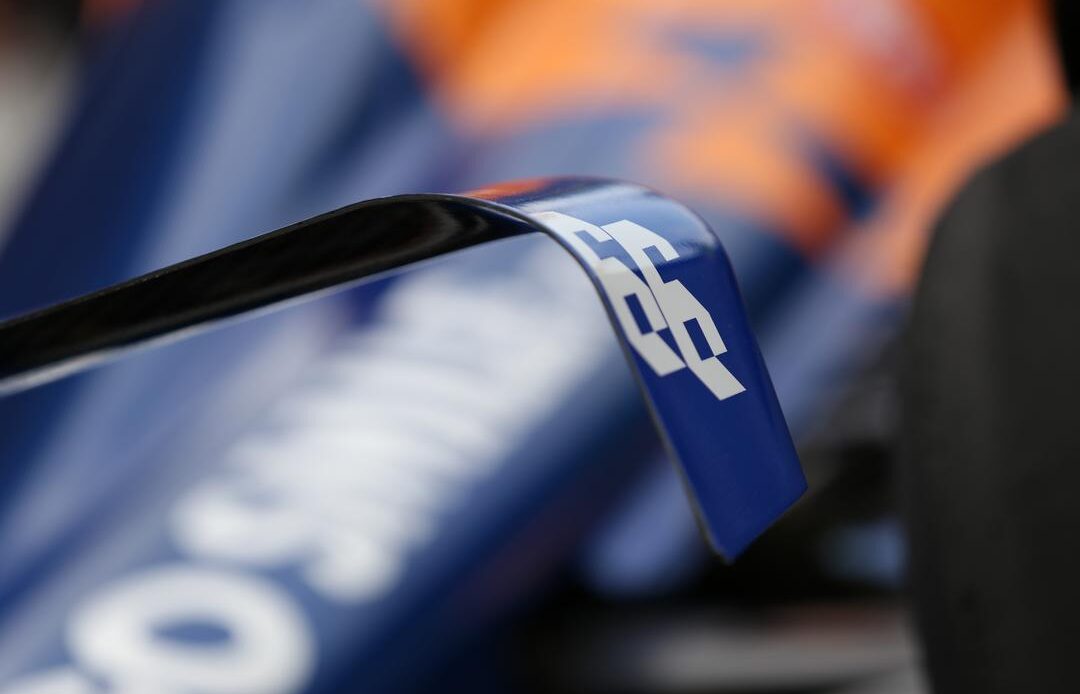With the NTT IndyCar Series’ next on-track excursion coming at Texas Motor Speedway on Sunday, April 2, what better time to get familiar with the differences between IndyCar machinery on ovals vs. road courses?
Unlike Formula 1, IndyCar teams are not free to develop the aerodynamic parts of their chassis. Instead, each team competes at each race using a universal aerokit – that is to say, all aerodynamic parts of each car are manufactured to identical specifications. Previously, from 2015 to 2017, Chevrolet and Honda each used their own respective aerokits designed around the DW12 chassis.
In 2023 we are living in an era of acceptable coexistence with the universal aerokit, but the start of this relationship was rather difficult to swallow.
Why?
From 2015 to 2017, IndyCar oval racing in particular was a sight to behold. The high downforce, aero-disruptive nature of the cars meant that the draft on ovals was extremely powerful, creating a period of consistent pack racing that has seldom been seen in the history of the series.
During this period, three of the five most competitive Indy 500s took place. The 2016 race saw 54 lead changes, 2015 featured 37 swaps of the top position and the 2017 running produced 35 of its own. To make matters more unbelievable, the 2015 MavTV 500 at Auto Club Speedway – one of the most hotly contested races in IndyCar history – featured 3,173 on-track passes, 2,537 of them being for position. These 3,173 passes constituted over half of all passes for position in the 2015 IndyCar season.
Moreover, bringing aerodynamic components of the cars to a spec standard brought parity throughout the already tight IndyCar field even closer, preventing dominance by one manufacturer the like of which was seen from Chevrolet in 2015.
Back to the point, competitive races with ample amounts of passing are, of course, not bad. However, pack racing on ovals in open-wheel cars at speeds of over 210 mph is somewhat questionable. Contact between open-wheel cars at speed can be disastrous compared to stock cars, and a series of major crashes in the early-to-mid 2010s had safety on everybody’s mind.
Chiefly, how can cars still pick up a slipstream, but no longer be aerodynamically incentivized to run nose-to-tail lap after lap?
How?
On the surface, the answer was to streamline the cars extensively.
Deeper down, the answer was… to streamline the cars extensively. To criminally…
Click Here to Read the Full Original Article at …

